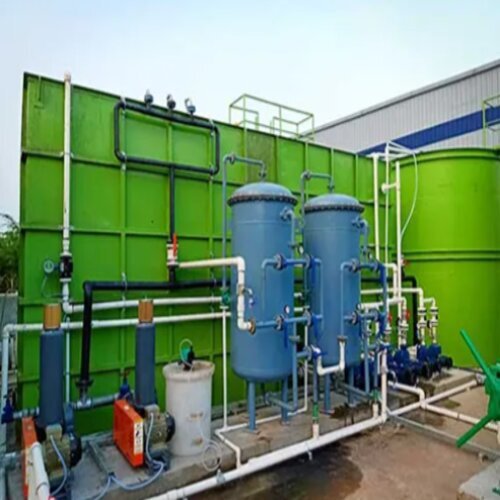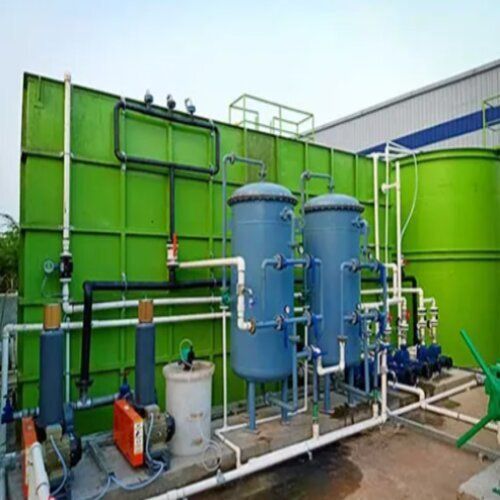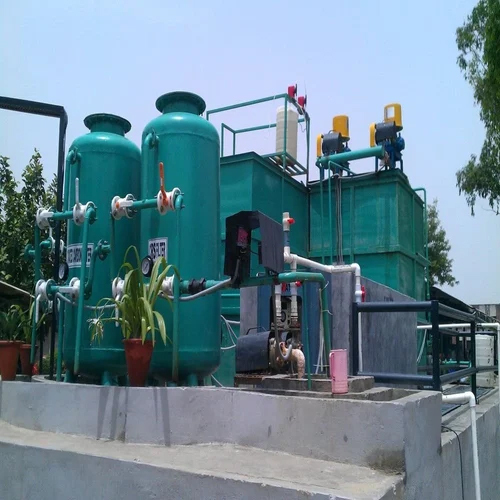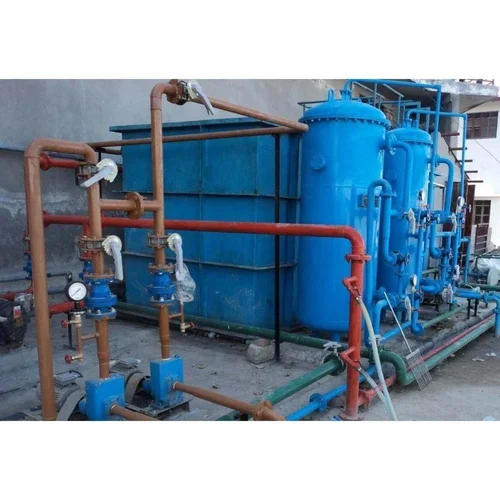Sewage Treatment Plant Manufacturers In Delhi NCR
Price 300000 INR/ Unit
Sewage Treatment Plant Manufacturers In Delhi NCR Specification
- Material
- Stainless Steel
- Application
- Industrial
- Product Type
- Sewage Treatment Plants
- Power Source
- Electric
- Operation Type
- Automatic
- Color
- Green
Sewage Treatment Plant Manufacturers In Delhi NCR Trade Information
- Minimum Order Quantity
- 1 Unit
- Payment Terms
- Cash Advance (CA)
- Main Domestic Market
- All India
About Sewage Treatment Plant Manufacturers In Delhi NCR
Sewage treatment is the process of removing contaminants from wastewater, primarily from household sewage. It includes physical, chemical, and biological processes to remove these contaminants and produce environmentally safe treated wastewater (or treated effluent). A by-product of sewage treatment is usually a semi-solid waste or slurry, called sewage sludge, that has to undergo further treatment before being suitable for disposal or land application.
Sewage treatment may also be referred to as wastewater treatment, although the latter is a broader term which can also be applied to purely industrial wastewater. For most cities, thesewer system will also carry a proportion of industrial effluent to the sewage treatment plant which has usually received pretreatment at the factories themselves to reduce the pollutant load. If the sewer system is a combined sewer then it will also carry urban runoff (stormwater) to the sewage treatment plant.
Sewage can be treated close to where the sewage is created, which may be called a "decentralized" system or even an "on-site" system (in septic tanks, biofilters or aerobic treatment systems). Alternatively, sewage can be collected and transported by a network of pipes and pump stations to a municipal treatment plant. This is called a "centralized" system (see also sewerage and pipes and infrastructure), although the borders between decentralized and centralized can be variable. For this reason, the terms "semi-decentralized" and "semi-centralized" are also being used.






Price:
- 50
- 100
- 200
- 250
- 500
- 1000+
GST : 09AAGCK1103M1ZL
 |
KKENWORLD PROJECTS PRIVATE LIMITED
All Rights Reserved.(Terms of Use) Developed and Managed by Infocom Network Private Limited. |



 Send Inquiry
Send Inquiry


